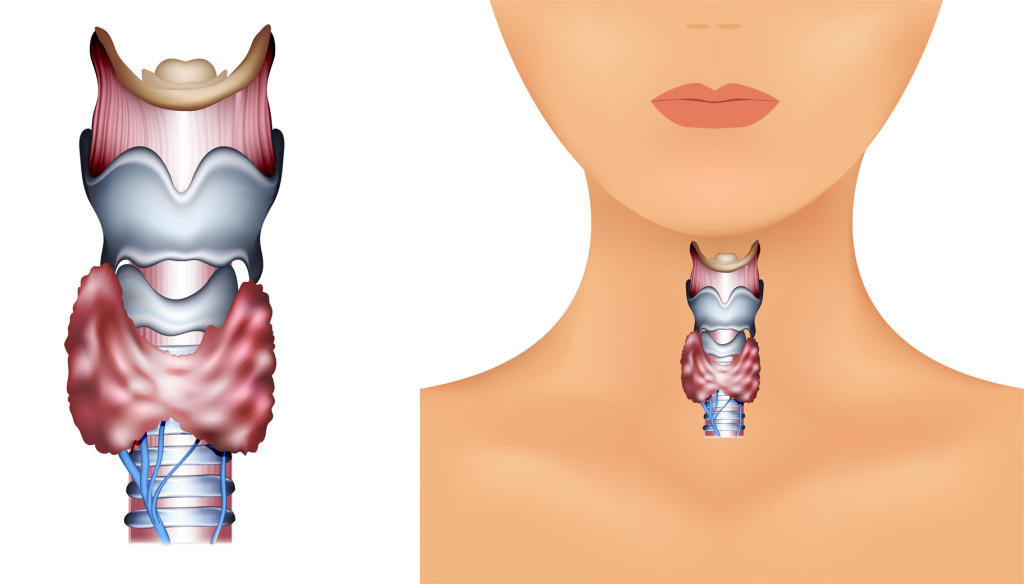From Lewis S Blevins Jr., MD – The vast majority of patients with hypothyroidism can be treated with l-T4 and achieve relief of symptoms of hypothyroidism and normal T4 and T3 levels. The liver and kidney convert T4 to T3. This conversion may be impaired in patients taking or making too much steroids, those on beta blockers, patients treated with amiodarone, those with liver or kidney disease, and in genetic conditions. On a related topic…there is no such thing as Wilson’s related to T3 levels. My approach is to treat with l-T and reassess the patient after the dose titrations necessary to achieve T4 levels in the upper one-half of the normal range. I also look at T3 levels and hope for same response. Occasionally, we see patients with T3 levels that are frankly low in the setting of normal T4 levels. If these patients feel hypothyroid then I consider a trial of T3.
Most patients respond to as a little as 5 micrograms every 12 hours. The most I would ever prescribe is 15 micrograms every 8 hours. Whenever T3 is used one must also decrease the dose of l-T4 by 15-25%. When using T3, or any of the natural thyroid hormone preparations that contain T3, it is essential that T4 and T3 levels NOT exceed the upper limit of their respective normal ranges as such is associated with impaired cardiac responses to exercise, stiffening of the heart muscle, disturbances in the heart rhythm, and osteoporosis.
© 2014, Pituitary World News. All rights reserved.
